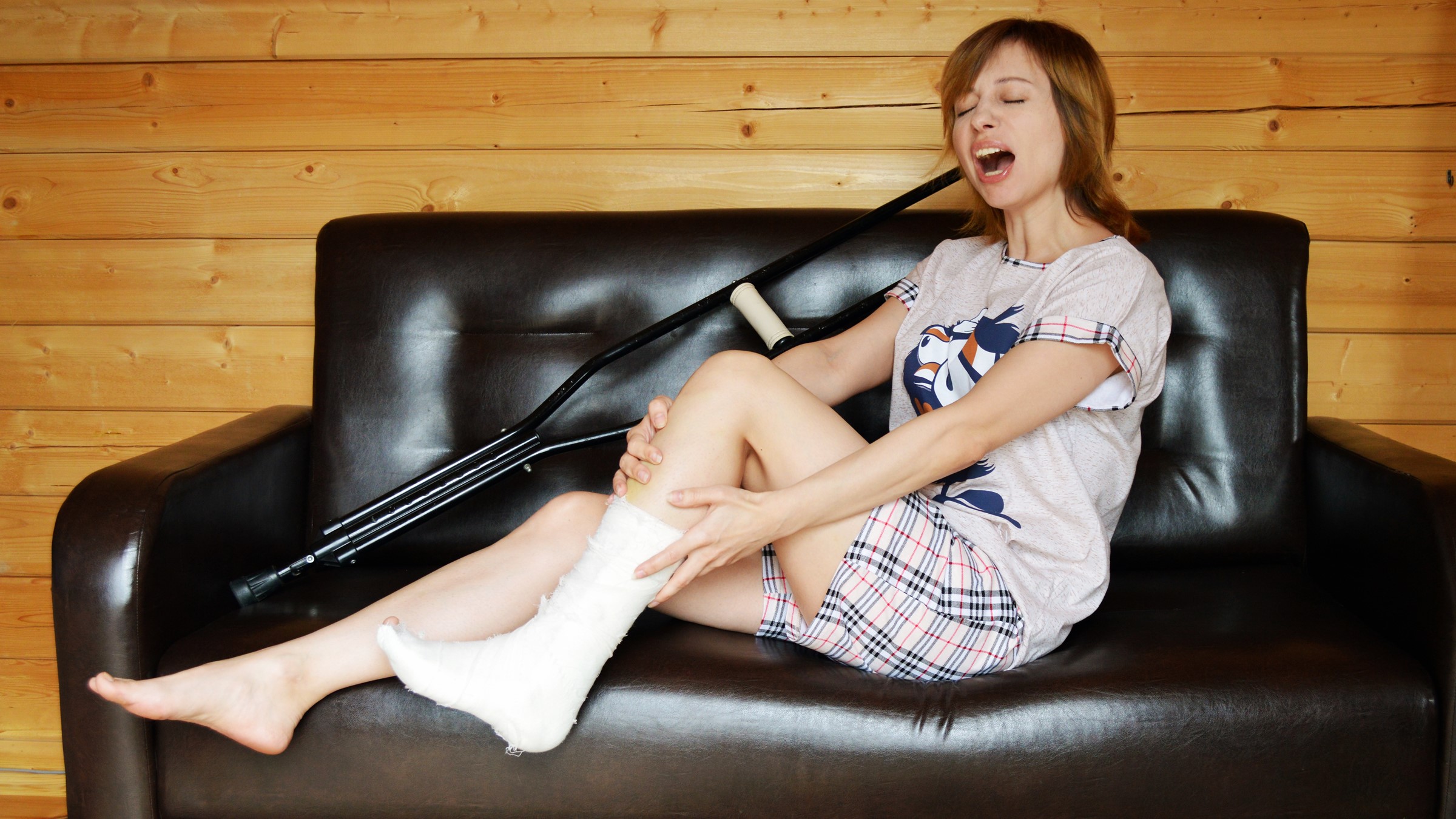Product Liability: Three Flaws in the PLD Revision That EU Policymakers Should Fix

In September 2022, the European Commission presented its proposal for revising the EU’s Product Liability Directive (PLD), which dates back all the way to 1985. Four decades later, the revision aims to modernise the text with a view to addressing challenges posed by new trends with an impact on consumers and products, such as the digital revolution. The Commission also wants to ensure that the PLD remains an effective “safety net” for consumers seeking compensation for defective products. When contractual and fault-based regimes do not help consumers, they can fall back on the PLD’s strict liability regime. And while the revision is well-intentioned, the Commission’s current draft contains three flawed proposals to extend the scope of the PLD that European lawmakers still need to address.
1.) Limit definition of “product” to tangible goods
Should the same rules apply to software being buggy and a massive dining table falling apart and breaking your foot? Well, the proposed PLD revision intends to treat standalone software in exactly the same way as a tangible product when it comes to strict liability. While software in some cases might indeed interfere with the behaviour of a product (think of a defective application causing your smartphone to overheat and catch fire), the current PLD actually already applies in situations like this. There simply is a lack of evidence that including standalone software would bridge any existing liability gap for consumers. On top of that, the proposed rules do not take into account how standalone software works and would contradict case law.
Because unlike a dining table, a piece of software that contains bugs can still be improved through updates. The idea of making software developers liable for at least 10 years also doesn’t take into account the fact that pieces of software are rarely used for such a long period of time. This would be made even worse if the 10-year period is renewed after each update, as the Commission has proposed. Similarly, the suggested rebuttable presumptions that would ease the burden of proof triggered by the technical complexity of a product would automatically and disproportionately impact software.
2.) Only material harm should be within scope
The existing PLD covers clear-cut cases of material damage, such as physical injury or damage to property. The revision now seeks to extend the scope of damages covered by the PLD to include both “psychological health” and “loss or corruption of data”. However, both of these concepts are not properly defined, which in turn would pose many challenges.
When it comes to psychological damage, interpretations of what it exactly constitutes vary greatly from one EU Member State to another, making it close to impossible to interpret the rules in a harmonised way across Europe. Damage of this nature is usually already covered by standard liability regimes, which raises the question whether the suggested extension is appropriate at all. It is also a very complex type of damage to assess. For example, how do you establish the liability of a wellness application in relation to a mental illness developed by one of its users? Finally, the inclusion of data loss in the scope of damages would also lead to confusion and create overlap with the GDPR, unless further narrowed down that is.
3.) Keep value thresholds
The reasoning behind having an EU liability framework with value thresholds still remains valid today, so removing them would be a mistake. For example, a minimum threshold can help to prevent frivolous claims, i.e. under the current PLD liability can only be invoked if the damage is €500 or more. While the minimum threshold should indeed be adapted to current prices, keeping the thresholds will help ensure that courts can focus on serious cases. The maximum threshold should also be an integral part of the revised PLD, as it makes sure that companies remain insurable. Without a maximum threshold, there would be no upper limit on the amount of damage in cases involving defective software causing mental health issues for instance.
These three proposals to extend the PLD’s scope will be extremely problematic, especially when combined, if the Commission’s revision goes unchallenged. Indeed, the revised PLD may very well discourage developers from releasing software in the EU or result in extremely high insurance premiums for them. Both of which would put a break on innovation and hamper Europe’s digitalisation. In order to make sure that European consumers retain choice and businesses are not disproportionately impacted, EU lawmakers must fix these shortcomings of the current draft.








